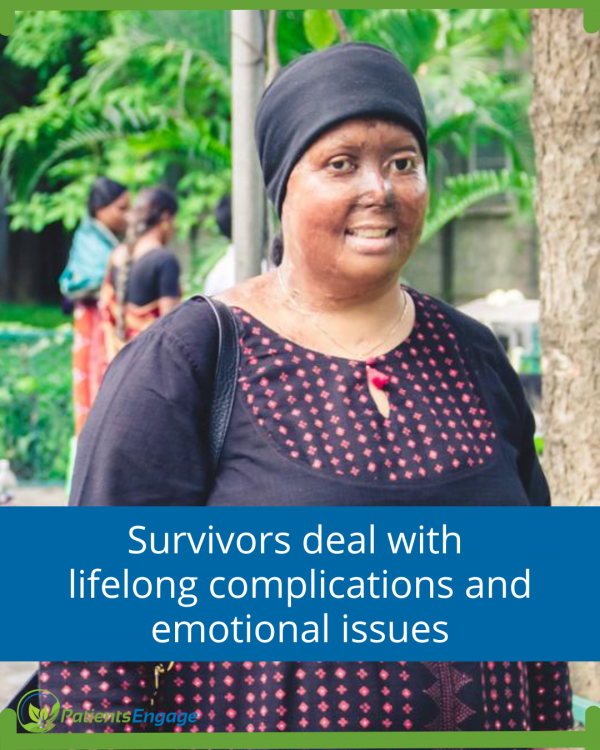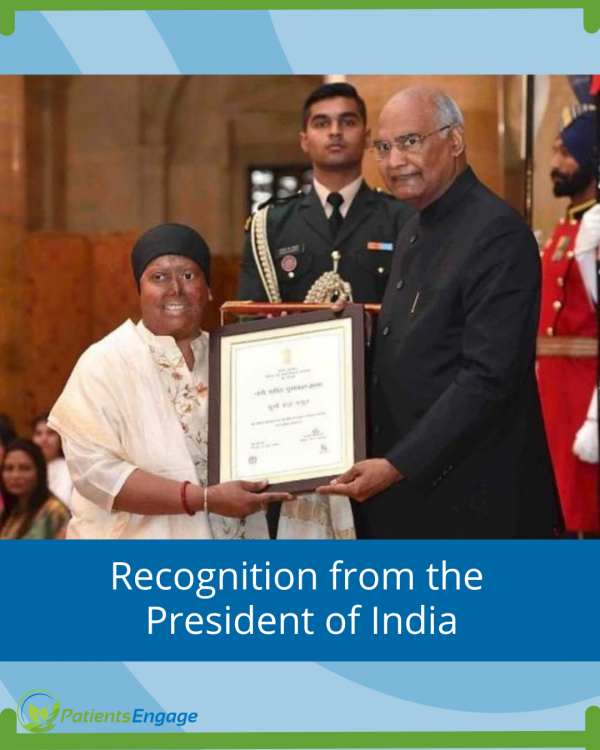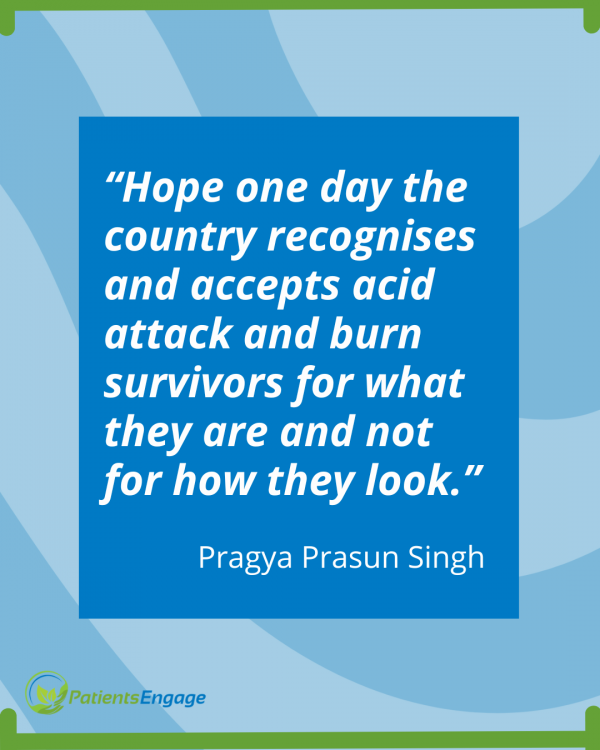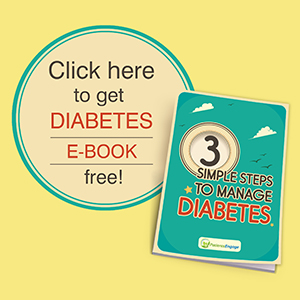
Pragya Prasun Singh, 42 is an acid attack survivor, and it has taken multiple surgeries and immense support from her family to help her cope. Her organization Atijeevan Foundation focuses on comprehensive rehabilitation for burn victims and also propagates skin donation as an essential recovery measure for survivors.
You are an acid attack survivor. Would you like to share the details?
I was attacked in 2006, 12 days after my marriage, by a jilted man who threw acid on me while I was sleeping. That one moment completely changed my life. My face, neck, and upper body were severely burned, and I had to undergo multiple surgeries to regain basic functionality. But what hurt more than the physical pain was the social rejection and emotional trauma that followed.
Please tell us about the treatment. For how long did it continue?
My treatment spanned over several years. I underwent multiple reconstructive surgeries, including skin grafts and laser treatments. The recovery process was long, painful, and expensive. It wasn’t just about healing physically — it was about learning to live again, to rebuild my confidence, and to step back into society with courage.
Did you get the support of your family and friends?
Adversity reveals your true friends. My family was my greatest strength. My husband, parents, and sibling stood by me through the darkest times. Their unconditional love gave me the courage to keep going.
However, there were friends and relatives who stayed away after the incident. I was never invited to weddings or any functions because of my appearance.
I also saw many other survivors who didn’t have such support — and that’s what motivated me to create a platform where no survivor would ever feel alone.
Please tell us about your present condition, healthwise and emotionally.
Health-wise, I still undergo periodic treatments and face some challenges due to the contracture, like tight skin, sensitivity, and occasional pain.
Emotionally, I feel stronger than ever. I’ve accepted my scars as part of my identity. They remind me of my strength, not my suffering. My purpose now is to help others heal, both physically and emotionally.
Please tell us about your organization, Atijeevan? How did it come about?
Atijeevan Foundation was born out of my personal journey. During my recovery, I realised how difficult it was for survivors to access medical care, emotional support, and livelihood opportunities. I started Atijeevan Foundation in 2013 as a survivor-led initiative to help burn and acid attack survivors rebuild their lives with dignity and independence.
What work is Atijeevan involved with?
Atijeevan focuses on comprehensive rehabilitation — covering medical treatment, reconstructive surgeries, psychological counselling, skill development, and economic rehabilitation.
We also run awareness and prevention campaigns, advocate for survivor rights, and connect survivors to employment opportunities through collaborations with corporates. We’ve helped over 500 survivors across India rebuild their lives.
What is your opinion about skin donation and what is its position vis a vis other organ donations?
Skin donation is as critical as organ donation, especially for burn patients. People often don’t realise that donated skin can save lives in cases of severe burns. Unlike other organs, skin can be donated within 6 hours after death and can be stored for future use. Yet, awareness about skin donation in India remains extremely low.
We at Atijeevan run campaigns encouraging people to “Donate Skin, Save Lives” because for burn patients, skin donation can mean the difference between life and death.
On Skin DonationVery few hospitals handle skin donation. How can a person find hospitals that will handle skin donation?Currently, there are around 29 skin banks in the country, but that number is far from sufficient. We really need a skin bank in every district so that the skin bank team can reach the donor’s location within 4–6 hours of death, which is the critical window for harvesting skin. If you are in a metropolitan city, you can directly contact a nearby skin bank to facilitate the donation process. Unfortunately, in villages and smaller towns, skin donation is still not feasible due to the lack of infrastructure and trained teams. Additionally, there is an urgent need to create more awareness about skin donation. Very few people even know that skin can be donated after death and that it can save the lives of burn patients. We must encourage people to pledge for both organ and skin donation, and share information on how this noble act can help others lead a normal life again. Related Reading: Tissue Donation After Death at HomeRead Also: We donated our mother's skin |
How much work is being done for the rehabilitation of acid attack survivors in the country? What are the gaps which need to be filled?
While there has been progress, especially in medical support and legal aid, rehabilitation is still fragmented. There’s a lack of structured, long-term support for survivors — particularly in areas like mental health care, employment, and social reintegration. We need more institutional mechanisms, policy-level inclusion, and public-private partnerships to ensure survivors are not just treated but truly rehabilitated and empowered.
Other than medical treatment, what other kinds of healing are carried out for the survivors? What are the long term health issues in this case, both mental and physical?
Healing for survivors goes far beyond the physical. We provide psychological counseling, peer support, and skill-based rehabilitation to help them rebuild self-confidence.
Long-term, survivors face challenges like vision loss, breathing difficulties, loss of hearing or nostril structure, and mobility issues due to contracture. Mentally, PTSD, depression, and social anxiety are common fallouts. Continuous emotional and social support are essential for true recovery and healing.
What are the main challenges for acid attack survivors and what is your advice to people who face similar challenges? In fact, what are the challenges in healthcare and a lack of understanding of the unique needs.
The main challenges are social stigma, financial instability, and lack of accessibility to proper medical care. My advice to survivors is — never see yourself as a victim. You are a fighter, a survivor. Seek help, connect with others who’ve walked the same path, and believe that your scars tell a story of courage.
What would you say are the complications that people don’t understand or talk about?
There’s still limited understanding among medical professionals about the specific reconstructive and psychological needs of acid attack survivors. We need dedicated burn units, trained counsellors, and customised rehabilitation programs. Often, survivors fall between the cracks of different medical specialties, plastic surgery, dermatology, ophthalmology, and psychiatry, without holistic care.

How difficult is it emotionally to cope with an attack like this?
It’s extremely difficult. There are days of anger, denial, fear, and deep sadness. You lose your sense of identity. But with time, support, and purpose, you can rise again. I turned my pain into purpose through Atijeevan — and that’s what keeps me going every day.
People often think recovery ends after surgery. But survivors deal with lifelong complications — dry eyes, breathing difficulties, heat sensitivity, dental issues, and pain from scar tissue tightening.
Emotionally, facing the mirror every day is a battle. Society must move beyond sympathy to true inclusion and acceptance.
How important is the support of family and friends?
It’s absolutely crucial. Family and friends provide emotional stability and hope when everything else feels broken. Their acceptance becomes the foundation on which survivors rebuild their confidence.
Please tell us about your awards and recognitions. Has that helped you in your work?
Over the years, I’ve been honored with several awards, including recognition from President of India, Government of India, Punjab Government, Karnataka women achieves award and at various health and social impact forums. These recognitions amplify our cause, help build partnerships, and give visibility to the issues survivors face. But my real reward is seeing a survivor smile with confidence again.

Acid Attack Survivors are included in RPWD Act - How well known is this? How has this impacted lives of acid attack survivors?
Yes, acid attack survivors are included in the Rights of Persons with Disabilities (RPWD) Act, 2017, and this inclusion has brought some positive changes. Since then, there has been more recognition of their challenges — some companies have started showing interest in hiring survivors, and organisations now acknowledge acid attack injuries as a form of disability.
However, there are still significant gaps in implementation. Many survivors continue to struggle to obtain disability certificates, as facial deformities and disfigurement are often not fully recognised as disabilities — even within parts of the medical fraternity.
While the legal framework is a step forward, we still need greater sensitisation and awareness to ensure that acid attack survivors receive equal opportunities, dignity, and support in every aspect of life.

What is the way forward for Atijeevan?
Our focus now is on prevention, policy advocacy, and sustainable rehabilitation.
We are working on a National Burn Prevention and first aid Campaign in collaboration with PVR Inox, to educate people about first aid, prevention, and rehabilitation.
We aim to expand our programs across every state ensuring no survivor is left behind and that prevention becomes a national priority.
We are also advocating to have a “NATIONAL BURN AWARENESS DAY”
Hope one day the country recognises and accepts acid attack and burn survivors for what they are and not for how they look.
As told to Moyna Sen





